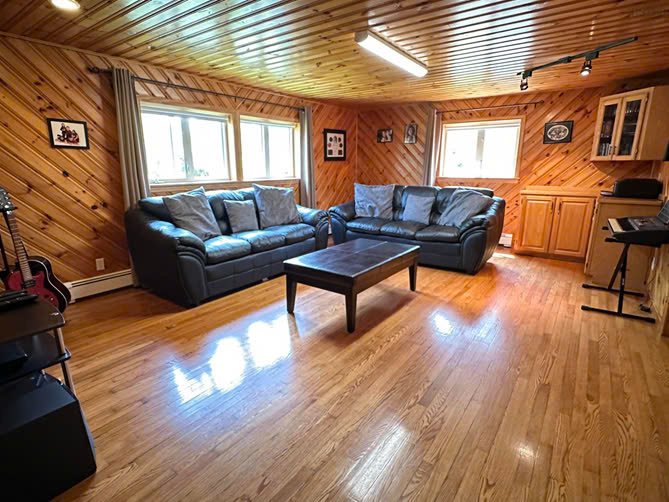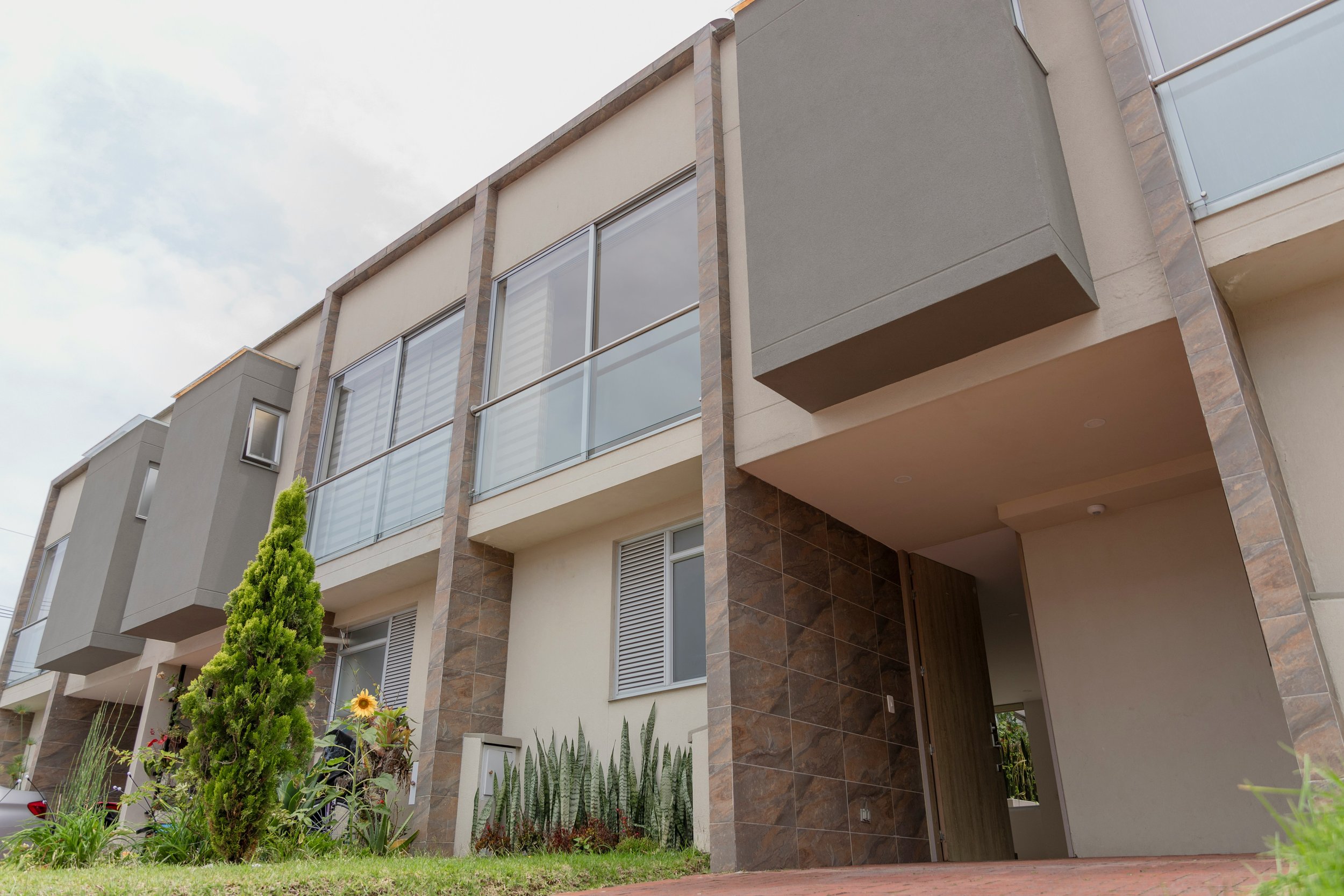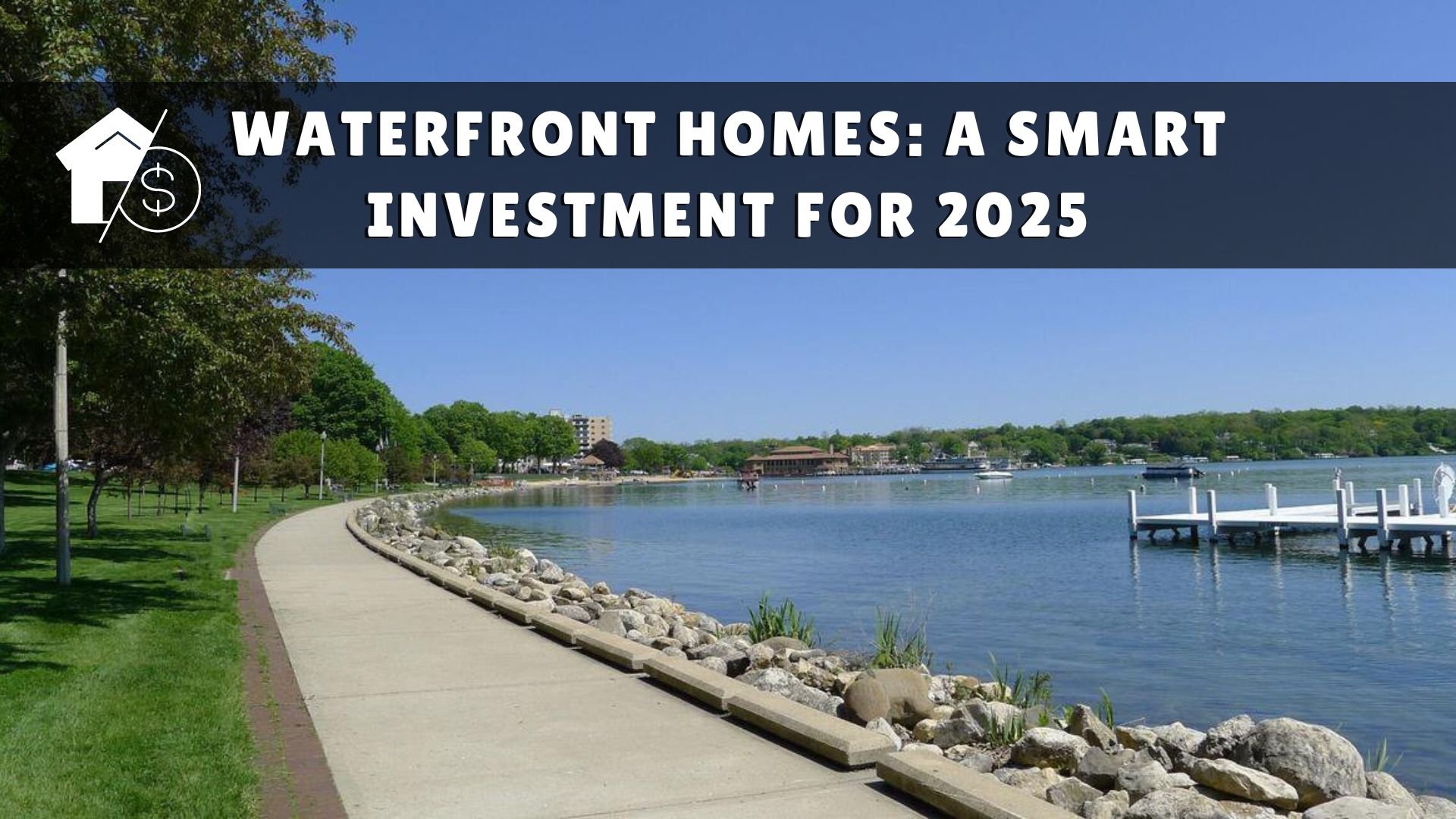Why International Investors Are Crowding to the US Real Estate Market
Discover why international investors are flocking to the U.S. real estate market, attracted by its stability, growth potential, and diverse investment opportunities.
Foreign investors always eye the US real estate market for its steady ROI, tax climate, multifaceted property types, and never-ending demands. However, the ever-increasing number of expatriates and housing shortages in metros and rising rural areas attract overseas buyers even more than in the last decade. As industry gurus projected commercial and residential real estate price appreciation in the next five years, investors will crowd the market in the future, more so than domestic investors.
5 Advantages that Draw International Investors to the US Real Estate Market
1. Weaker Dollar Value
The recent Federal decision to lower the interest rates is expected to decrease the dollar value - opening the doors to investors from abroad whose money will go a long way. The American interest rates around the 5% mark bring in investors - mainly from South Asian countries where the interest rates go near 7%. A weaker dollar rate means the value of safer properties like real estate will be high in demand and create higher returns for European buyers as well. The investors get the best properties at a lower exchange rate as the higher demand for real estate brings out a plethora of properties sellers held back during high-interest years.
A falling dollar value blesses international investors with a greater purchase prowess courtesy of the global economic boost. To put the buying advantage in perspective, imagine a Swiss investor who wanted to buy a 1.1 million dollar estate in the US, which used to be nearly 1 million Euros. With the drop in dollar prices, investors can get the same property at 950,000 euros, giving them almost a 5% price cut from the start. Moreover, financial institutes have become lenient towards disbursing mortgages to non-US citizens with better financial records and creditworthiness.
2. Market Stability
The geopolitical situation and falling housing markets turned investment in Europe and Asian countries a big gamble for global investors - making the US the real estate investment haven. Foreigners get the best investment climate, and many lenders provide lenient mortgage rates and terms for non-US nationals. Also, the crackdown on businessmen and politicians and the real estate collapse made the cash-heavy Chinese investors invest on US soil for safety. Be it natural elections or global economic slog, the housing market has always been steady after the 2008 crash because of federal overseeing and policies. Moreover, the surefire high returns thanks to many options (short-term rentals, regular tenancy, warehouse leasing, and many more) ensure stability and security.
The steadiness of US real estate stems from the performance of the fifty states' local markets. One local neighborhood might be falling in value, but the adjacent area can see unprecedented growth because of new development and the influx of new residents. Besides, there are overvalued locations (Manhattan, San Fransisco Bay Area, Washington, etc.) that never go down in rental value or property appreciation. Hence, an international capitalist can spread their stakes in different regions and maintain cash flow through the investment.
3. Versatile Real Estate Options
From commercial buildings and REITs to residential properties (multi-family and detached), the versatile real estate properties of the US have something for everyone. Contrary to the popular belief that the country is already reaching its real estate peak and that there are only million-dollar properties out there or commercial property growth stagnation, there are emerging states where investors can still find affordable properties. The US commercial real estate (CRE) market is forecasted to reach $28.16tn by 2029, with a growth rate of 2.18% (2024-2029). As the top CRE market in the world, savvy foreign investors will be spending big bucks - increasing the demand and ROI to more extraordinary lengths.
High-end residential property locations such as New York, Boston, and California might be suitable for deep-pocket investors. Still, there are plenty of places in Texas and Michigan where they can invest small and make big bucks. “Even though Texas saw an overwhelming real estate boom in the past few years, the growth won't stop in the near future,” suggests Brady Bridges, owner of Reside Real Estate from Texas Fort Worth area. “The best part is you can still get a detached home near downtown on $400K with high rental yield and price appreciation potential,” he adds.
4. The EB-5 Investor Visa
Whether schooling, retirement entertainment, world-class colleges, scenic beauty, or security, America attracts foreigners for its premium amenities unavailable in the rest of the world. By becoming naturalized American citizens, people can avail themselves of many federal and local amenities, boosting their quality of life and offering better economic options. The geography and climate of the fifty states give the foreigners enough room to find a location similar to their home country where they can comfortably live. Besides, the US has to be the melting pot of cultures worldwide; transitioning to the country is more manageable for non-residents.
The overseas real estate investors - with a minimum of $1,050,000 in investment creating ten permanent jobs - work towards the EB-5 investors, granting them permanent resident status. However, buying a residential unit only brings passive income through rental yield and doesn’t give non-US citizens a free ride toward residency. The real estate should be commercial (hotel, REIT, warehouses, etc.) or in a regional center to facilitate direct employment opportunities.
5. Tax and Maintenance Benefits
Offshore real estate investors get unprecedented tax benefits in the US. There is no stamp duty (unlike the UK and Australia), the capital gain taxes can be levied based on depreciation and mortgages, and the country has tax treaties with many Asian, African, and EU nations that defer the chance of double taxation. The Foreign Investment in Real Property Tax Act (FIRPTA) requires withholding 15% of the sale price to the buyers, which is adjusted to the international investor’s capital gain tax filing. However, the withholding rate decreases to 10% for million dollars in residential properties and regions with special local laws - lowering the overall tax burden. Similar to US nationals, overseas investors can avail of the 1031 exchange and defer additional taxes.
The United States, being the forebearer of technology and innovation, gives foreign investors the most convenient scenarios to manage their residential properties from thousands of miles away. There are many hi-tech property management companies that use real-time financial tracking for overseas landlords with robots and smart home technology to display the condition of their invested properties.
Outro
Even though the pandemic stumped the growth of international investments, the capitalists from abroad bounced back and started funneling money courtesy of the benefits: the foreign investment in US residential real estate alone surpassed $42 billion as of March 2024. Considering the emerging real estate sectors - STRs, firming, rural tech hubs, retirement facilities in secluded zones - the international buyers won’t be leaving the US real estate market anytime soon.






























